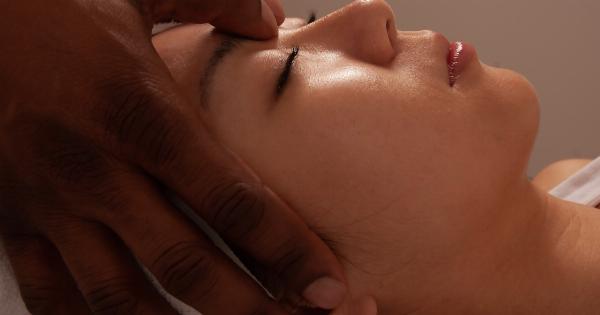Allergic rhinitis, commonly known as hay fever, is a seasonal or year-round condition that affects millions of people worldwide. It is caused by an allergic response to certain substances such as pollen, dust mites, animal dander, and mold spores.
The symptoms include sneezing, runny nose, itchy eyes, nasal congestion, and postnasal drip. Allergic rhinitis can be diagnosed through a combination of patient history, physical examination, and allergy tests.
The management strategies for allergic rhinitis include allergen avoidance, pharmacotherapy, immunotherapy, and other complementary treatments.
Diagnosis of Allergic Rhinitis
The diagnosis of allergic rhinitis involves a thorough evaluation of the patient’s medical history, symptoms, and physical examination.
The healthcare provider will ask questions about the timing and pattern of the symptoms, exposure to allergens, family history of allergic diseases, environmental factors, and any other relevant information. The physical examination may include inspection of the nasal mucosa, evaluation of nasal airflow, and examination of the ears, throat, and eyes.
Allergy testing is also an important tool in the diagnosis of allergic rhinitis. Skin prick testing involves placing drops of allergen extracts on the skin and pricking the skin with a needle.
If the patient is allergic to the allergen, a wheal and flare reaction will occur. Blood tests such as IgE levels or allergen-specific IgE tests can also identify the presence of allergen-specific antibodies in the blood.
Management Strategies for Allergic Rhinitis
Allergen Avoidance
Allergen avoidance is the primary strategy for managing allergic rhinitis. It involves identifying the allergens that trigger the symptoms and taking steps to reduce exposure to them. Here are some tips for allergen avoidance:.
- Keep windows and doors closed during high pollen seasons
- Use air conditioning with HEPA filters to reduce indoor allergen exposure
- Wash bedding in hot water to kill dust mites
- Vacuum regularly with a high-efficiency vacuum cleaner
- Avoid pets or limit exposure to them if they trigger symptoms
Pharmacotherapy
Pharmacotherapy is another important strategy for managing allergic rhinitis. There are several classes of medications that are used to alleviate the symptoms.
Antihistamines
Antihistamines are medications that block the effects of histamine, which is a chemical released during an allergic reaction. They can relieve sneezing, itching, and runny nose.
The most common types of antihistamines are second-generation drugs such as loratadine, cetirizine, and fexofenadine. These drugs are generally considered safe and effective for most people.
Decongestants
Decongestants are medications that reduce nasal congestion by shrinking the blood vessels in the nasal passages. They can be taken orally or applied topically as nasal sprays.
However, they should not be used for more than three days because they can cause rebound congestion.
Intranasal Corticosteroids
Intranasal corticosteroids are medications that reduce inflammation in the nasal passages. They are highly effective in relieving symptoms such as nasal congestion, runny nose, and postnasal drip. Examples include mometasone, fluticasone, and budesonide.
Other Medications
Other medications that may be used to treat allergic rhinitis include leukotriene antagonists (montelukast), nasal anticholinergics (ipratropium), and mast cell stabilizers (cromolyn).
Immunotherapy
Immunotherapy, also known as allergy shots, is a treatment option for people with severe allergic rhinitis who do not respond to medication or allergen avoidance.
It involves injecting gradually increasing doses of the allergen over a period of several months to years. This helps the immune system develop tolerance to the allergen and reduces the severity of the allergic reaction.
Complementary Treatments
Complementary treatments such as acupuncture, herbal medicine, and saline irrigation may also be used to manage allergic rhinitis. However, the evidence for their effectiveness is limited, and they should be used with caution.
Conclusion
Allergic rhinitis is a common condition that can cause significant discomfort and disruption of daily activities. Diagnosis involves a combination of patient history, physical examination, and allergy tests.
Management strategies include allergen avoidance, pharmacotherapy, immunotherapy, and complementary treatments. Patients should work closely with their healthcare provider to develop an individualized treatment plan that addresses their specific needs and preferences.




























